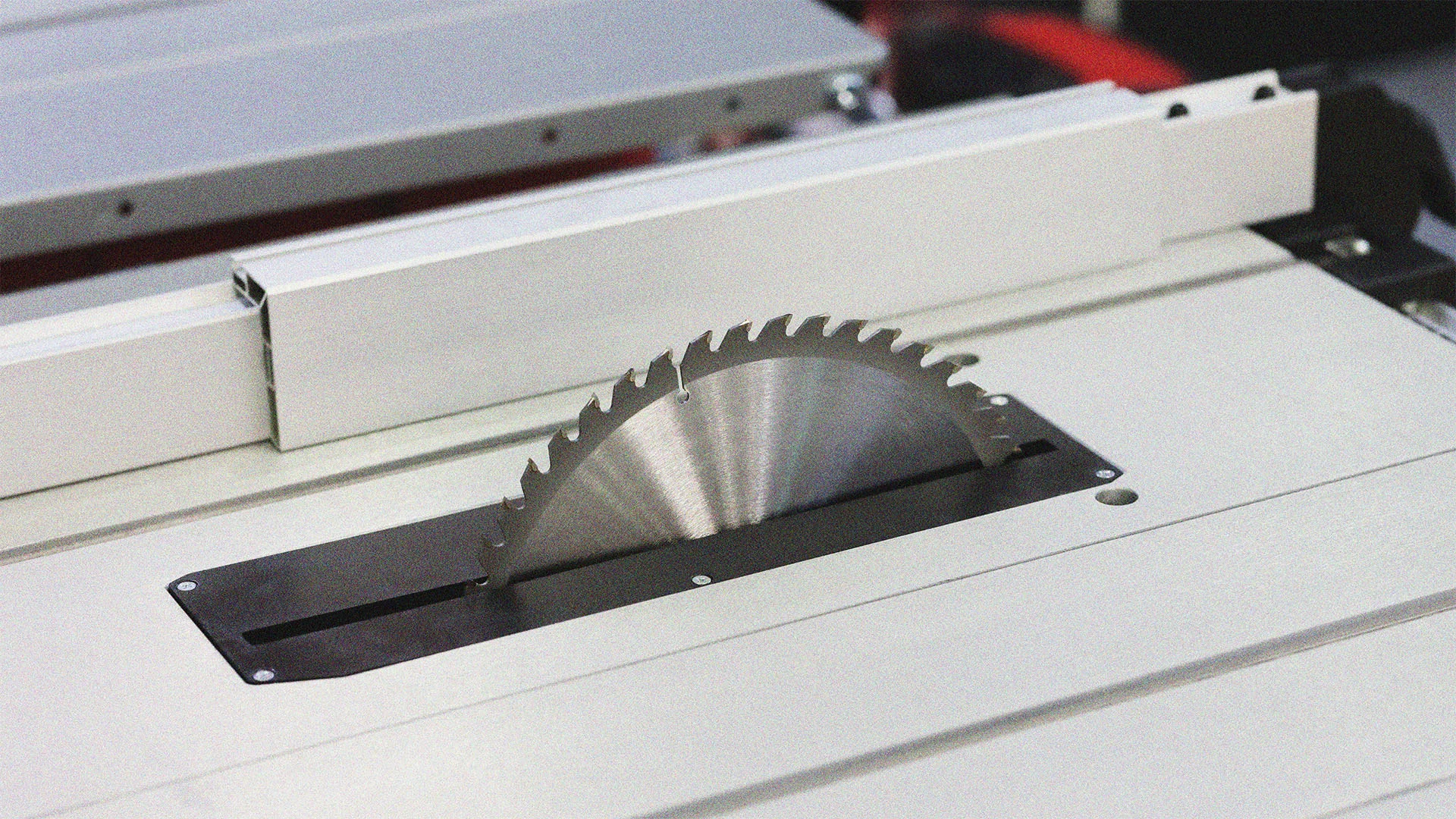
On Wednesday, the FTC issued an advisory to the Trump administration to scrap a proposed rule by the Consumer Product Safety Commission to force saw manufacturers to use an automated finger detection tool that would stop table saws from operating when they detected a user’s hands or limbs were at risk of being sliced off.
According to Reuters, the CPSC estimated the tool would prevent nearly 50,000 table saw injuries a year. But since it was first proposed in 2023, the rule has put consumer safety advocates at odds with manufacturers who worried that the rule would privilege one company, SawStop, another table saw manufacturer that owns the patent to the finger protection technology.
According to an industry group that represents power tool manufacturers, the Power Tool Institute, a trade group that represents a variety of manufacturers, including big-names like DeWalt and Bosch, the proposed rule would have doubled the price of saws because every manufacturer would have had to license the finger protection technology from SawStop. This, according to some lawmakers, would have created a “government-mandated monopoly” for SawStop, a power tools manufacturer based in Tualatin, Oregon .
Consumer advocacy groups, on the other hand, have long argued that the existing rules to make table saws safer has done very little to prevent injuries. “This rule wasn’t intended to protect one company. It was meant to protect consumers,” says Sally Greenberg, the Executive Director of the National Consumer League.
Featured Video
An Inc.com Featured Presentation
In its press statement the league accused the FTC of putting the “profits of table saw manufacturers over the safety of American consumers and workers who use table saws.”
In February, SawStop, which was founded in 2000 by Steve Gass a former patent lawyer, agreed to make the company’s finger protection patent free to the public, hoping to appease manufacturers who worried the company’s patents would make their tools prohibitively expensive.
“Opponents of the proposed rulemaking have identified this patent as their key obstacle to offering safer saws,” Matt Howard, SawStop’s CEO said in a press release. “We invest heavily in safety innovation, and our patents have real value. Even so, we will not allow this patent to be an obstacle to a safer future.” The company did not respond to Inc’s request for comment.
But Susan Orenga, the executive manager of the Power Tools Institute, argued that SawStop’s offering was merely a smokescreen. While the company would have made one patent available to the public, in an email to the Consumer Product Safety Commission, she accused SawStop—which was bought by German company, TTS Tooltechnic Systems in 2017—of having a “patent web,” that would make compliance with the rule impossible.
Greenberg disagrees with this characterization. “It was technology neutral,” she says of the CPSC’s proposed rule. “They just have to have active injury mitigation on the saw.” And NPR reported last April that most of SawStop’s patents have expired, but not the patent protecting the finger-detection tech. The Power Tool Institute did not respond to Inc’s request for comment.
In April, a bipartisan group of lawmakers stepped in to introduce a bill that would prevent the CPSC from issuing a rule on finger protection technology until at least 5 years after the relevant patents are made public or have expired. “You cannot evaluate the safety of something in isolation, ” says Marie Gluesenkamp Perez, a congresswoman who co-sponsored the bill “If you mandate a tool that costs hundreds of dollars more, a table saw—people are just going to use a [circular] saw and sheet of plywood and cut their femoral artery.”
Although the saw-safety rule seems dead in the water for now, the National Consumer League says they’re not done fighting. “I think the cost involved is highly exaggerated,” Greenberg says. “There are countless examples of these kinds of safety advances—and every single one has been resisted by industry.”



